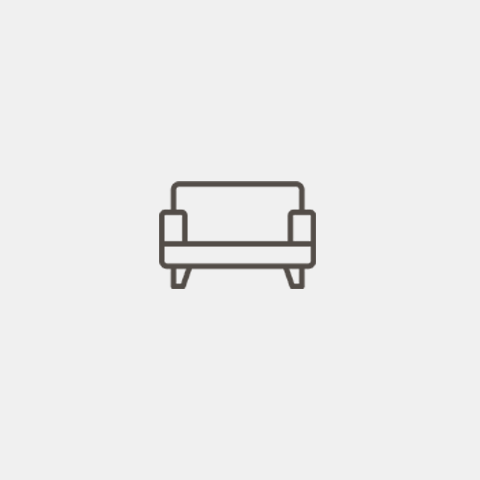Upholstery Care & Cleaning Tips
With simple and regular care, your new purchase can last you a lifetime. CF Interiors has compiled some simple tips and fabric case suggestions for you. We welcome you to refer to this guide to help keep your upholstery looking new. We have highlighted certain precautions and cleaning instructions that should be followed to keep your upholstery looking and wearing well throughout.
- Proper placement of your upholstery in a room can contribute to its life. Try to avoid placing your fabric or leather furniture in direct sunlight and maintain a safe distance from a heat source.
- Remember to vacuum your furniture often. This will help prevent dust and other debris from becoming embedded in the fabric. Use the soft brush attachment on your vacuum for leather upholstery.
- As your upholstery begins settle, “comfort wrinkles” will begin to appear. This is a natural part of the upholstery maturing process. Cushions and pillows should be rotated on a regular basis, where applicable. This keeps the filling evenly distributed to minimize wrinkles and maximize comfort.
- If you decide to try cleaning spots yourself, read your product and fabric label carefully and thoroughly. Any product or technique should always be tested on an inconspicuous area before attempting overall cleaning. CF Interiors cannot endorse any particular product or cleaning method for fabric. We recommend using a professional cleaning service whenever possible.
- Do not over agitate your area when cleaning. Avoid scrubbing, scraping, and rubbing stained areas. This may distort the fabric and permanently damage the area.
UPHOLSTERY CLEANING CODES
All fabrics have a cleaning code. This code can be found on the tag. CF Interiors recommends to not remove this tag to help for cleaning reference. The four most common cleaning codes found on fabric furniture are W, S, WS, and X.
"W" (WET)
If you find a "W" this means your piece can be cleaned with water. This is the most durable type of fabric for furniture and is ideal for high volume or spills. Cleaning this fabric means the use of steam cleaning or hot water extraction are acceptable means of cleaning this material. This would mean you will be safe if you use an upholstery/carpet cleaner (by using the attachments) on your spill or stain. It also means that you can use water based cleaning agents and a clean towel to dab out some spots. It is best to use plain white towels when cleaning so you do not transfer any colour or die onto the fabric.
"S" (SOLVENT)
If you find an "S" the fabric is sensitive to water and wetting it may leave permanent water rings or cause the material to shrink. This means that your fabric must be cleaned with cleaning solvents (dry clean only) as it will not react well if water is applied to it. Solvents are used to break down soiled oily spots and leave the area dry. It is best to vacuum after these types of applications to remove the soil which has been separated from the fabric. Stains, spills or dirt in general should be cleaned as soon as possible to retain the longevity of the colors and the fabric.
"S/W" (WET CLEANING & SOLVENT CLEANING)
This code means a combination of dry cleaning solvents and water can be used. In this case fabrics use both types of cleaning methods on different spots. It is recommended that for oily areas, solvents are to be used, and for water based spots, water based cleaners are to be used. Most likely wet cleaning methods will remove spots and soil marks. Then if that fails, try solvents. CF Interiors recommends taking the item to professionals to clean something with this type of code to ensure proper cleaning methods are used.
"X" (NO CLEANING)
This code means your furniture is not meant to be cleaned. This type of material is only meant to be vacuumed and brushed to remove dry soils. You may try cleaning a small area that is not exposed to test the effects on the material, though the manufacturer does not recommend it, the risk is left to you. The reason is because shrinking, staining, or distortion of the surface pile may occur.
UNMARKED FABRICS
For furniture that does not have a cleaning code marking, tag, or information always test cleaning agents before using. If you can identify the manufacturer, contact them for proper cleaning procedures. More than likely they can provide the proper information.
PILLING
Pilling is a common occurrence and is not a fabric defect or fault from the manufacturer. Since all fabrics will pill to some extent, the possibility of it happening should not be a main concern when choosing an upholstery fabric. Fabric pilling is the term for loose strands or balls of fiber that form on a piece of fabric. Pilling is the result of excess fiber coming to the surface of the material and is caused by wear and friction to the fabric. These fibers from tiny balls, clinging to the fabric. Simply use an upholstery pill shaver or pill comb to remove excess fibers. This may need to be done two or three times until the excess fiber diminishes. Your fabric will stop pilling after all of the loose fibers have been removed.

